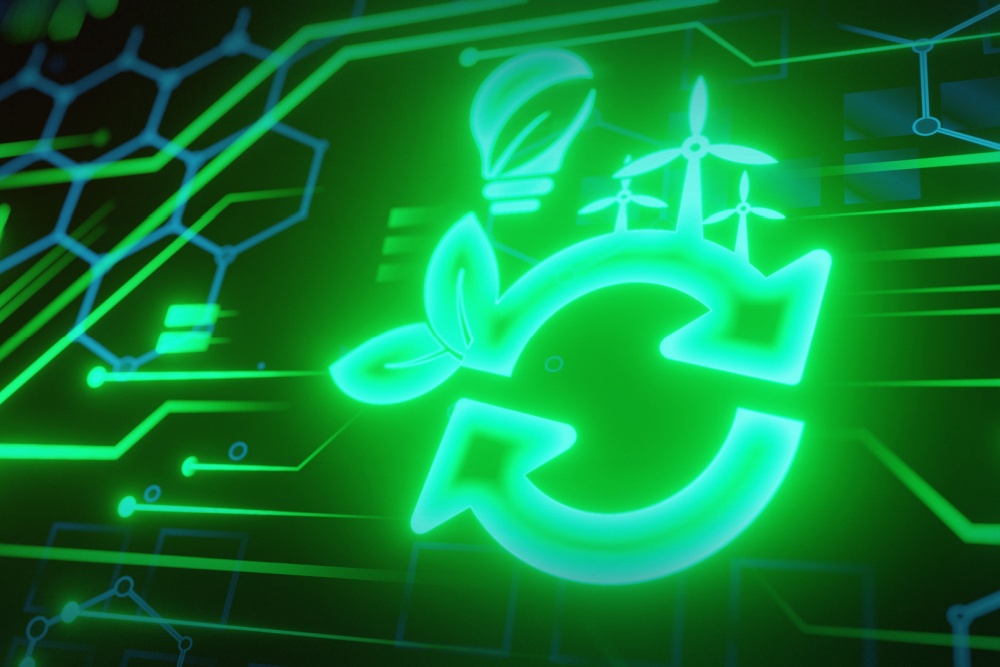We’ve talked a lot about teamwork, especially about the technology of teamwork). Today I want to focus on the art of teamwork. And no, I didn’t invent this phrase either. But there’s a great guide you can use to explore the art of teamwork and what you can do to create a high-performing team.
Teamwork has been on my mind a lot lately. My wife and I both work from home. She’s the US Controller for a global vegetable seed company based in the Netherlands. Since we meet for lunch every day (yeah!) I often hear her stories about how the teams she is on are working—good or not so good.
I am blessed to have been given a ringside seat at the topic of teams and teamwork. I’d like to share some of what I’ve learned about the art of teamwork with you.
When Teams Were a Novel Idea
When I first worked in Product Management, we worked in traditional, hierarchical silos. Product Management defines the product—how big, how much, how fast, etc.—and Engineering builds it. Then we hand it to Marketing to talk about it. Sales then gets to go sell it.
This movement of the product from one silo to another had some benefits. But it also had some disadvantages. One big disadvantage was the ease of building the wrong product for the market. If you’ve been around product people, you’ll know about the “How Product Built It/How Engineering Created It/…” cartoon.
At some point, someone got the idea that creating a cross-functional team to design, build and deliver the product would increase the success rate of what we delivered. I was running a very big project at the time and was asked to try this new way of working. No surprise, there was a lot we needed to learn about the art of teamwork.
Lessons on the Art of Teamwork
I could go on forever about teams and what makes this team great and that team not so great. But let me focus on a few concepts.
- Purpose
- Commitment
- Managing Conflict
- Communications
A Team Must Have a Purpose
If your team doesn’t have a purpose, it doesn’t have a destination. Try asking members of your team, “Why does this team exist?” If you get a lot of “I dunno” or answers that don’t match up, you have some work to do.
People Must Be Committed. To the Team and the Purpose.
This is a big plank in the art of teamwork. How often have you heard someone say, “Yes, I’m on the team. But I didn’t agree with that decision.” There are three levels of commitment needed here.
- When the team reaches a decision, each team membere must be committed to it. Sort out the disagreements holding up a “thumbs up” vote. Then ask each team member to vote. Once they’ve said “yes” they need to remain committed. Otherwise, decisions lack integrity and people question the value of the team.
- Team members must be committed to one another. Why? Because commitment builds trust. Trust lets you take risks. Willingness to take risks drives innovation.
- As well, team members must be committed to the team’s purpose. By design, teams lack rigid definitions of who does what. Members who are committed to their teams’ purpose will jump in and get a job done, regardless of who is “supposed” to do it.
Teams Fight. Then They Make Up
This is another big concept in the art of teamwork. Have you ever heard someone say, “Let’s just agree to…” Usually, this means there’s disagreement among team members, and someone wants to move past that disagreement so we can get the thing done.
It turns out that absence of conflict is not what makes a team great. The art of teamwork means that high-performing teams have learned how to manage that conflict. On our development team we used to say, “Debate the idea, not the person”. We wanted contrary ideas because we knew that our product would be better for it.
Teams Communicate. With All Their Stakeholders.
A common complaint about teams is that they don’t know what decision they made last week (or month, etc.) This is an easy improvement you can make to the art of teamwork in your organization. Insist (as we’ve said elsewhere) that meetings come with an agenda: what do we need to talk about in this meeting? What decisions do we need to reach? Also, make sure your meetings are documented. All the teams products support ways to do this. You might use OneNote or a Wiki to summarize the meeting. (I like to do that while the meeting is happening, so that I’m done documenting when the meeting ends.) You can also simply record the meeting. When I worked in web development, we just took a picture of the drawing board at the end of our requirements meeting.
Teams don’t exist in a vacuum. They have sponsors, “customers” for their outputs, other teams that interact with them, etc. So, it’s important to communicate outside of the team as well as inside the team. Again, there are lots of tools that can help with this. My team created a dashboard where we tracked key indicators for the product and the team. The dashboard made it easy to immediately see how things were going for us.
As Brad Feld has written, we seem to be in a phase transition now. No one is sure where we’re headed with ways of working, except that we’re not headed back to where we were. Think about the art of teamwork. Ask yourself how well your teams are working. Ask your teams how they could achieve more be happier about that. Prepare to move your teams to greater success.





0 Comments